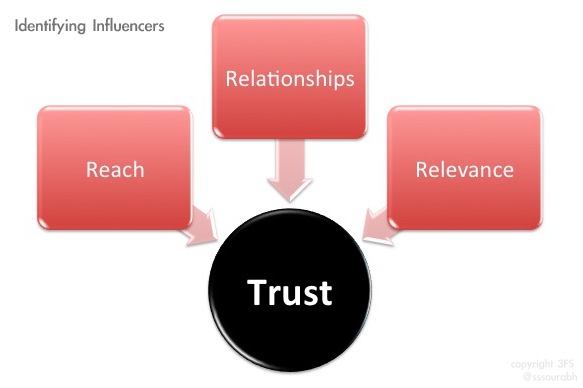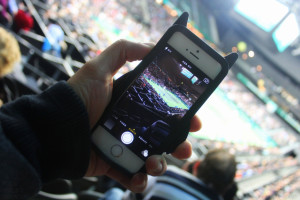The Evolution of Influencer Marketing
If you’re not evolving, you’re dying.
Species and biology aside, the fact holds true for many facets of life. And having been a digital influencer, or let’s say, evolved into one, I can validate that the social media and digital marketing space is anything but stagnant and bookmarked.
Influencer marketing isn’t quite new; it is rather the hipster cousin of celebrity endorsements. Only now, with the power of visual mediums and social networks at hand, anyone can become a celebrity. To avoid narcissistic tendencies, advertisers have code named this influencer marketing, while brands and marketing gurus know it as native marketing. And thus, to no surprise, the Federal Trade Commission (FTC) changed its guidelines on digital advertising relatively recently.
Constituents of an Influencer

The very notion of an influencer is one that can affect or change behaviors of an engaged following. Fundamentally your targeted audience must thus trust an influencer, who in turn must advocate trust, reliability and consistent content in a given niche. Niches can be as wide as a menswear blogger, a social media connoisseur, or a travel addict; to as specific as a bowtie obsesser, a hashtag marketing specialist or a hotel lobby photographer, respectively.
Reach: An easy qualifier of an influencer is reach. Reach goes beyond demographics and primary audiences and looks at psychographics, passions and interests, all of which have a more actionable impact on consumer behavior. However, since social media is a two way street, quantity cannot be looked at in isolation. Brands must formulate a ratio to ensure that the following is engaged with the user.
Relationships: The corresponding facet to reach is relationships: a non-engaged group of followers will be equally unresponsive to a campaign run through an influencer. Engagement can be measured via tracking metrics, and solid relationship building can take time, but is most gratifying when at level of high trust and recommendation. As such, collectively reach and relationships are rooted in the trust that influencers and consequently brands must maintain, in order to provide value to their customers.
Relevance: The foundation of the relationship stands on the content that attracts users and followers. Brands and influencers are responsible for relevant and quality content. Whether its a travel experience, a fashion fad, a tech gadget or a new gaming app, matching it to the right influencer is key to measuring any return. While staying within a niche is key to prevent alienation, influencers must ensure enough versatility in content, so as to not mistake consistency for stagnancy.
Benefits of Using Influencers


Targeted: As aforementioned, its a niche becoming nicher world. Attempting to reach a broad audience can not only be pricey, but is likely to yield lower returns. A more efficient use of your marketing dollars is to identify influencers based on specific variables: industry (e.g. fashion), category (e.g. menswear), geography (e.g. coastal metropolitans), platforms (e.g. Instagram) and basic demographics (e.g. working millennials). Employing strategies hereafter can prove more efficient and effective, both for newer entrants to capture a market, as well as established players to exhibit that they are keeping up with time and trends.
Trackable: Classic marketing questions: ROI. While many have tried to quantify the return of even having social media accounts, there are metrics to better assist with influencer acquisition. Follower growth is a key performance indicator, as this is essentially a growth in potential customers at no incremental advertising outside of the influencer. Plus, keeping in mind that influencers are akin to recommendations and word-of-mouth owing to trust, the retention of customers is more likely than traditional advertising. Second, one can easily track the effectiveness of a promo code, a hashtag or product utilized for the influencer campaign. Since these are incorporated in influencer postings, click through rates can yield a hierarchy of purchase intent and enable brands (and influencers) to see how much conversion there is to sales. That too, at a per post level.
Speed to Cost Ratio: Influencer marketing can have relatively low startup costs compared to traditional campaigns. Brands can invest a little to see where it goes and scale up accordingly. As such, it is also a relatively quick way to measure returns. This is particularly useful for newer brands on the market who do not have a customer database or longstanding brand heritage. Collaborating with an influencer in the field can be a win-win situation by providing the influencer with added versatility, and in return acquiring the influencer’s well built equity of potential customers. As a bonus, influencer created material can be used in campaigns, which is an indirect savings.




